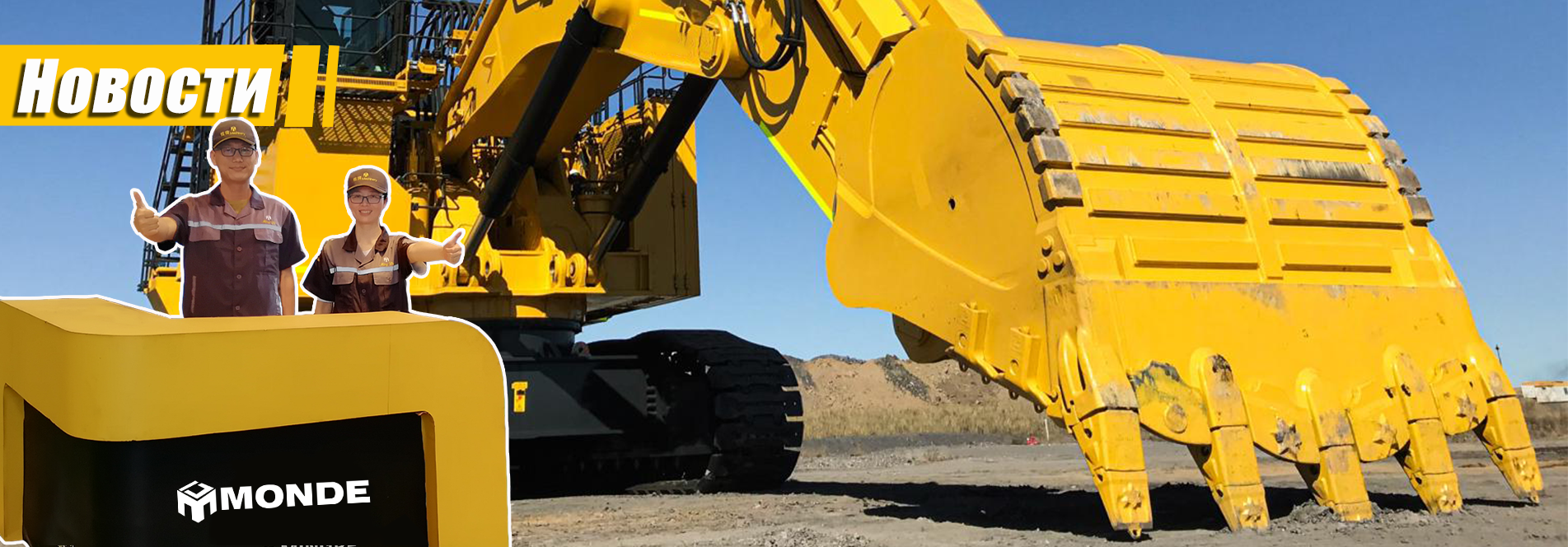Excavators are one of the most common types of construction equipment used for digging and moving earth. One of the most important parts of an excavator is the bucket, which is attached to the end of the boom and used to dig and scoop up dirt, gravel, and other materials. In this article, we will discuss the methods for measuring bucket capacity.
The following formula is used to calculate the Bucket Capacity:
LBC = L/12 * W/12 * H/12
Variables:
LBC is the Bucket Capacity (ft^3)
L is the bucket length (in)
W is the bucket width (in)
H is the bucket height (in)
The following steps outline how to calculate the Bucket Capacity:
First, determine the bucket length (in).
Next, determine the bucket width (in).
Next, determine the bucket height (in).
Finally, gather the formula from above = LBC = L/12 * W/12 * H/12.
In reality, this is a generalized calculation. Excavator buckets will have different calculations depending on the type. There are several types of buckets available for excavators, each with its own advantages and disadvantages.
Types of Buckets
General Purpose Bucket: This is the most common type of bucket and is used for digging and moving a variety of materials, including dirt, sand, and gravel. General purpose buckets have a curved shape that makes it easy to scoop up materials and a flat bottom that makes it easy to level the ground.
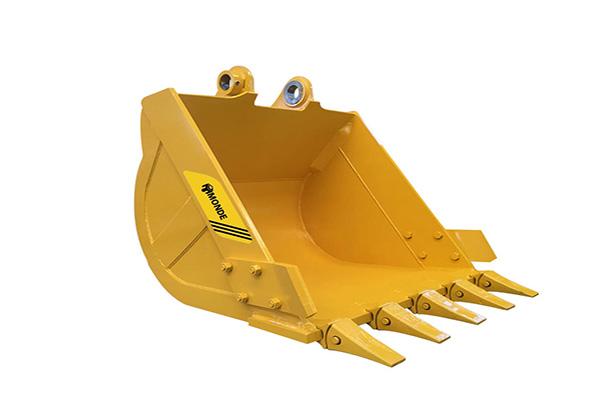
Rock Bucket: This type of bucket is designed for digging in rocky soil or areas with lots of hard materials. Rock buckets have reinforced sides and a thicker bottom to protect against wear and tear.
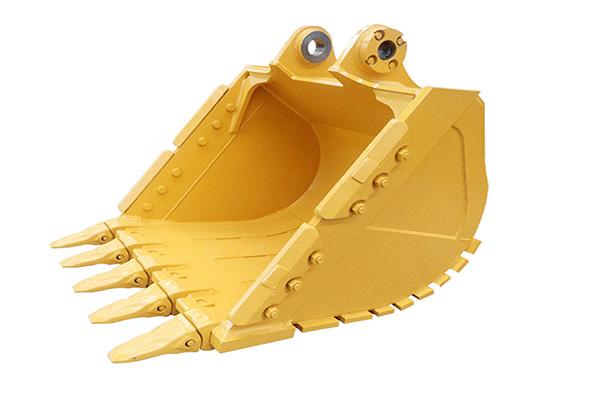
Skeleton Bucket: This type of bucket has gaps between the teeth to allow for easy sifting and sorting of materials. Skeleton buckets are commonly used for separating rocks from dirt or sifting through debris.
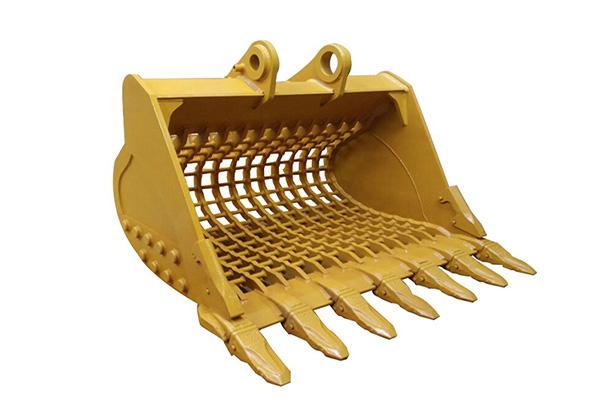
Tilting Bucket: This type of bucket can be tilted up to 45 degrees in either direction, making it ideal for digging trenches or working on slopes. Tilting buckets are also useful for cleaning up uneven surfaces.
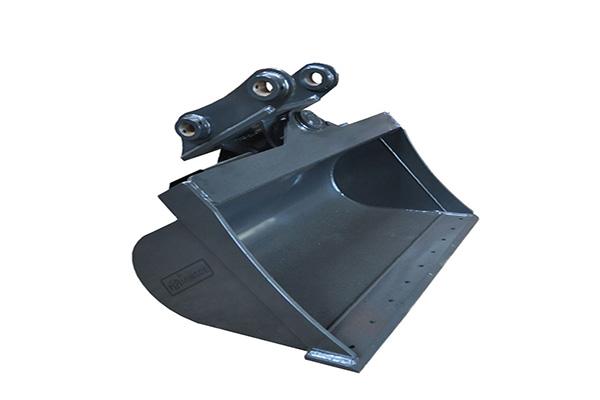
Clamshell Bucket: This type of bucket has two hinged arms that open and close to scoop up materials. Clamshell buckets are commonly used for dredging, as well as for loading and unloading barges.
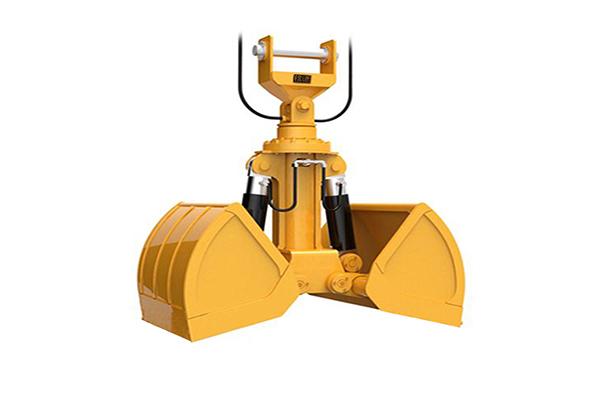
Of course, the method of measuring different types of bucket capacity is also different, but the specific measurement method is too complex and needs to be measured by professionals, so we will only discuss the general measurement method in this article.
Measuring Bucket Capacity
Bucket capacity refers to the amount of material a bucket can hold. Measuring bucket capacity is important for calculating how much material can be moved at a time and for estimating the time and cost of a project. There are several general methods for measuring bucket capacity, including:
Water Displacement Method: This method involves filling the bucket with water and measuring the volume of water displaced. To do this, place a container under the bucket and slowly pour water into the bucket until it is full. Measure the amount of water in the container, then subtract the original volume of the container to determine the volume of water displaced. This measurement will be approximately equal to the bucket's capacity.
Load Weight Method: This method involves weighing the material that the bucket can hold. To do this, fill the bucket with a known weight of material, such as sand or gravel, then weigh the bucket and material together. Subtract the weight of the empty bucket to determine the weight of the material. Repeat this process several times to get an average weight, which can then be used to calculate the bucket's capacity.
Cross-Sectional Method: This method involves measuring the cross-sectional area of the bucket and multiplying it by the length of the bucket. To do this, take measurements of the bucket's width and height at the widest point, then multiply these measurements together to get the cross-sectional area. Next, measure the length of the bucket from the front edge to the back edge. Finally, multiply the cross-sectional area by the length to get the bucket's capacity. This method is what was mentioned at the beginning of the article.
Excavator Bucket Measuring Guide
Using Excavator Bucket Capacity Charts: Excavator bucket capacity charts provide a quick and easy way to determine the capacity of a specific bucket. The charts are usually provided by the manufacturer and take into account the bucket's dimensions and shape. To use the chart, locate the bucket's model and size and read off the corresponding capacity.
As always, our knowledgeable Excavator Attachment Specialists are here to help connect you with the perfect replacement part to get your back up and running quickly. Just drop them a message.
Conclusion
Different types of buckets are designed for specific tasks and environments, and understanding the advantages and disadvantages of each can help improve efficiency and productivity on the job site. Measuring bucket capacity is also important for accurately estimating project costs and timelines. If you want to know quickly the bucket capacity, the best way is to contact our professionals immediately.


